The iPhone 6 Review
by Joshua Ho, Brandon Chester, Chris Heinonen & Ryan Smith on September 30, 2014 8:01 AM EST- Posted in
- Smartphones
- Apple
- Mobile
- iPhone 6
Display
As the primary mode of interaction with the phone, the display is one of the most important areas of evaluation. Of course, the methods of evaluation can be hotly debated. There is a great deal of subjectivity in this area in terms of what someone prefers. However, for the sake of color calibration our tests follow world-wide standards instead of personal preference one way or another. This means that we use the sRGB gamut and 2.2 gamma, which most content is adapted to. While AdobeRGB and other gamuts exist, these are for limited use cases and only applicable to operating systems that are aware of multiple gamuts and can dynamically switch between them depending upon the metadata of the content. In order to accurately test for how well a display conforms to these standards, we use SpectraCal’s CalMAN 5 along with a spectrophotometer for accurate color readings.
For those that are unfamiliar with the display of the iPhone 6 and Apple’s key marketing points on this new model, the improvements are mostly centered on higher resolution, contrast, and better viewing angles. In terms of higher resolution the iPhone 6 moves from the 1136x640 pixels of the iPhone 5/5s generation to 1334x750 pixels. However, this doesn’t improve the pixel density, which remains at 326 pixels per inch.
In practice, I definitely continue to notice the difference in resolution when using the iPhone 6 as opposed to the higher pixel density iPhone 6 Plus and the various Android smartphones with 450+ PPI displays. I definitely don’t find the resolution to be a problem though, as these issues only become significant to me below 300 PPI. I do think that around 450 to 500 PPI is the right place to be when balancing pixel density and power, but Apple’s choice should pay off in the form of better power consumption especially because LED backlights rapidly lose efficiency near the highest current region.
The other issue at hand is that of viewing angles. While Apple is one of the first to really talk about dual domain pixels, this technique is rather commonly used to improve viewing angles. The result is that a pair of pixels will appear to be a chevron, and overall the pixels appear to be squiggly in nature. While this doesn’t really change the readability of the display at extreme angles, colors like white no longer have noticeable red/yellow/blue shifts depending upon the angle that the display is shifted at.
This is definitely noticeable in everyday use, as the iPhone 5s could only avoid color shifting at certain angles instead of every angle. As I predicted in the launch article though, the one caveat seems to be that black has a noticeable shift towards purple in certain angles. There's also a noticeable hatching on close examination, but this doesn't affect image quality. This is definitely better than what I see on AMOLED though, as while AMOLED has much better brightness stability the color shifting is far more obvious and significant.

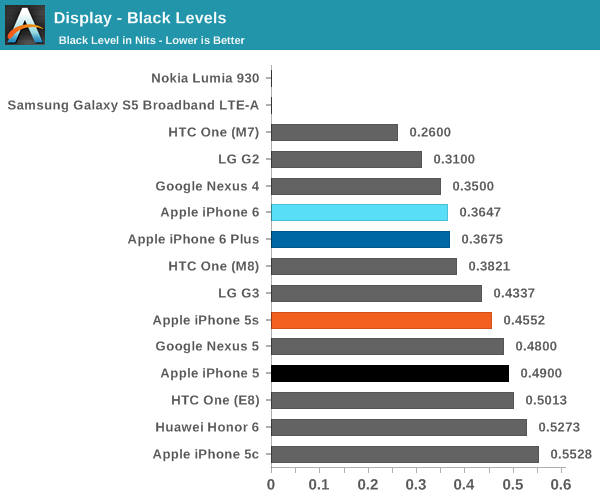

Now that we’ve covered the other two, we can talk about contrast. For this test, we measure brightness of 100% white and black at maximum display brightness, and look at the ratio. While we’re looking into getting patterns that can’t be defeated by dynamic contrast/backlight this should give an idea of best case contrast. In this case, peak brightness is on the high side at 560 nits, with relatively low black brightness at about a third of a nit. The result is one of the best contrast ratios I’ve ever seen. While the HTC One (M7) has a 1743:1 contrast ratio in our tests, some testing I’ve done indicates that the true contrast ratio is realistically around that of the One (M8). I’m not quite sure how this was done, but Apple stated that a new deposition process was used for the liquid crystals. This, along with changes to the liquid crystals themselves, could be responsible for the improved contrast.
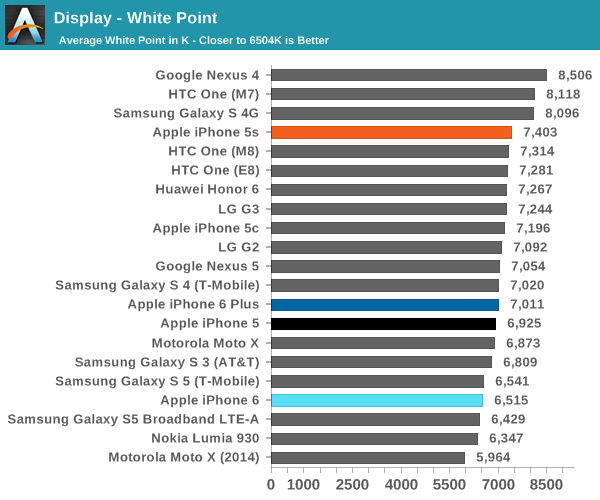
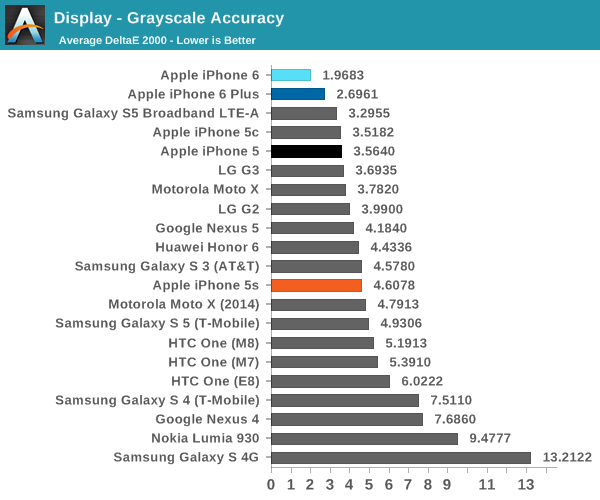
The next part to talk about is grayscale, which is an area where Apple seemed to prefer bluer color balances. I don’t really have much to pick at here, because the level of calibration here is incredible. While there is a noticeable trend of overshooting red at the low end and undershooting red at the high end, this is nitpicking at best. At any rate, this is essentially perfect.
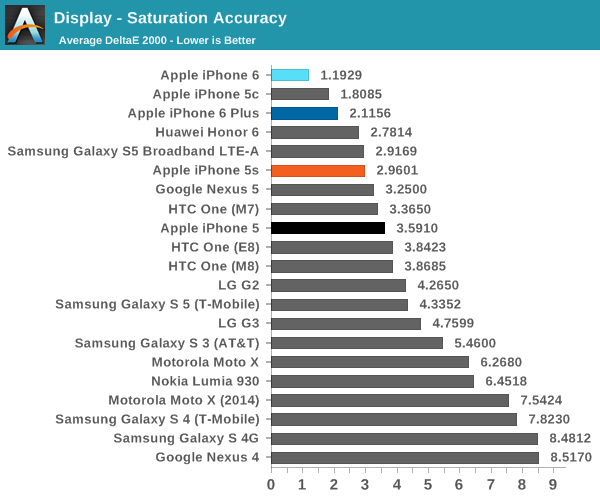
Our next test is the saturation sweep, which tests each primary and secondary color for accuracy in hue and luminance. While it’s true that humans can be relatively insensitive to differences in saturation, it is all too common to see OEMs artificially compress saturations to have vivid colors and be able to claim that they have an accurate display because it matches the sRGB gamut. In this test, the iPhone 6 sets a new record. I really don’t have any objections here because a dE2000 value of 1.19 is a deviation that is almost impossible to notice.
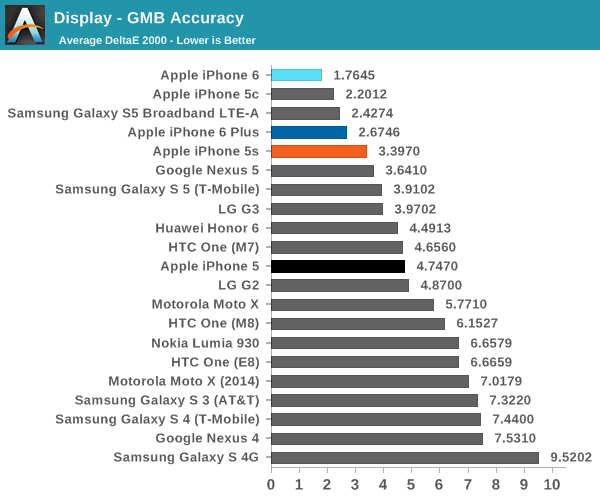
The final test is the Gretag MacBeth ColorChecker, which tests various hues and is usually one of the hardest tests to perform well in. In this regard, the iPhone 6 once again sets a new record for accuracy. This display is effectively calibrated to sRGB, and one would be hard pressed to find a significant deviation when compared to a reference monitor.
Overall, it’s hard to find any criticism for this display. I would normally be incredibly suspicious to see these numbers on a smartphone, but the fact that there’s a hot pixel in the center of the display suggests to me that this was not a cherry-picked unit. The fact that I find this level of calibration to be suspicious speaks volumes about how good this display is. While contrast isn't AMOLED levels of black, there are no purple smearing effects, noticeable uneven luminance near black, or any other idiosyncrasies.


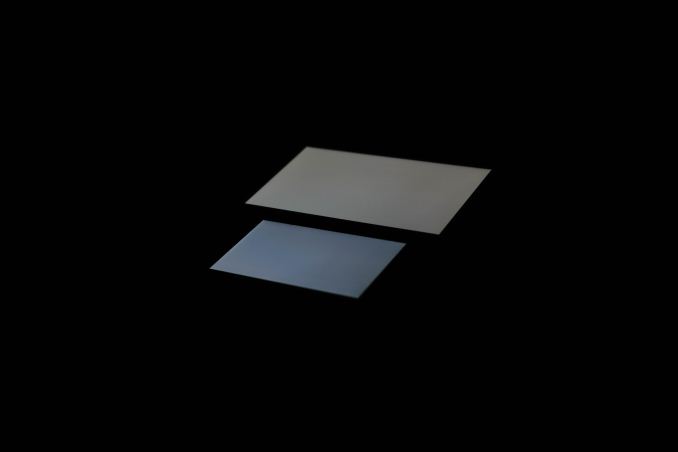
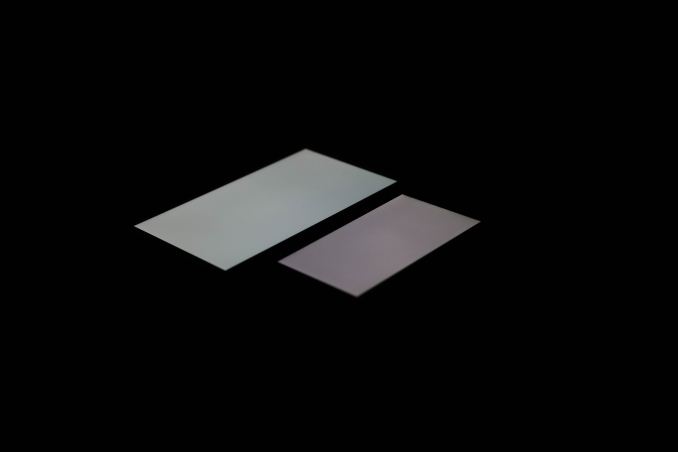
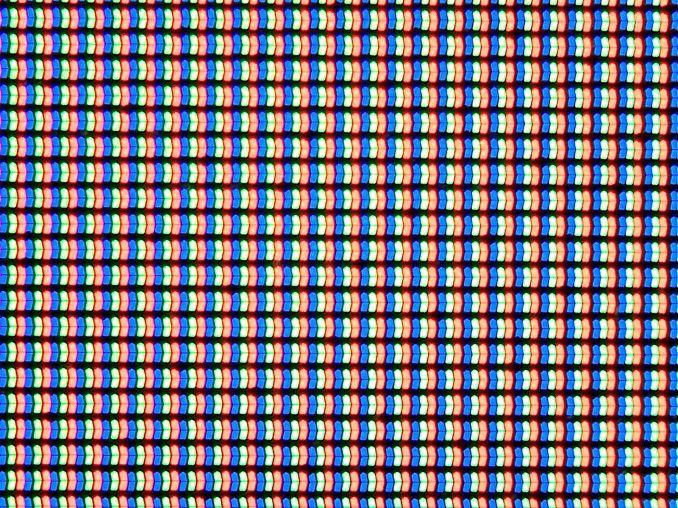

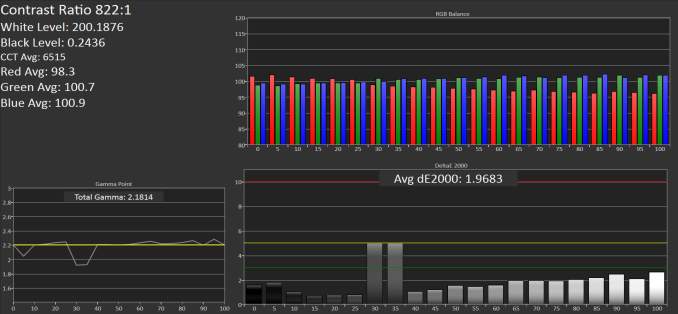

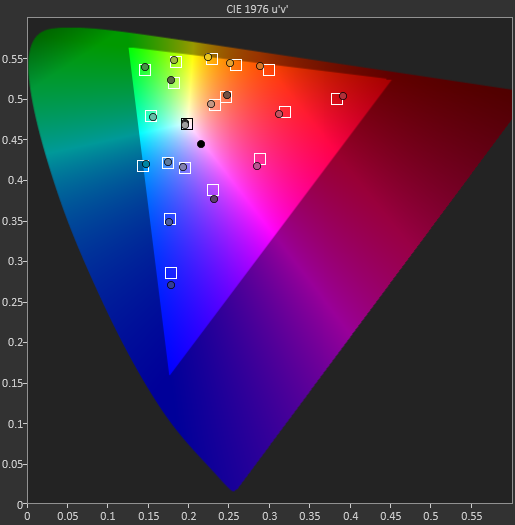








531 Comments
View All Comments
mrochester - Wednesday, October 1, 2014 - link
Because whether it feels cheap in the hand is part of whether it's a good device or not? Apple has proved you can make a top class smartphone and make it feel nice in the hand, so why should Samsung be given the green light for producing the stuff it does?rational_wannabe - Wednesday, October 1, 2014 - link
@danbob999Are you some kind of hippie or do you just hate the superior product. If Apple started charging less it would dilute the brand, but that is something you know nothing about. Secondly it's enough that they have had to give in to market pressure and come out with the enormous iPhone 6 Plus but they now have to eat their margins in order to please plastic lovers like you?
rational_wannabe - Wednesday, October 1, 2014 - link
Mean to say isn't it enough*danbob999 - Wednesday, October 1, 2014 - link
I do like superior product. That's why I prefer plastic. Metal has 0 advantage on a phone.akdj - Friday, October 3, 2014 - link
Other than throttling performance. Plastic insulates. Metal, aluminum...dissipates. That's why (again, if you read the article) if you read the article the A8's performance delta doesn't fall at all, it keeps chugging at max while the plastics govern the temperature by throttling their load. Sucks wh playing s game, analyzing a spread sheet or manipulating photos/motion or audioKidster3001 - Thursday, October 2, 2014 - link
To paraphrase your comment: "What Apple has been doing isn't working as well any more so they are changing their product design to better match what they think customers want." In other words, they're making smart business decisions.Charging less would dilute the brand? If you mean "Apple would no longer be a boutique product" then I agree with you. It would also increase their market share quite a bit. If iPhones cost $100 less Apple would have a LOT more customers. They don't really want that though. They want to be Boutique, Expensive and regarded as Fashionable.
akdj - Friday, October 3, 2014 - link
Boutique, Expensive and Fashionable don't often beat their sales (& every other adoption of ANY Electronic in history) each release. 10mil on the first weekend doesn't prive your theory in the least. Rather I think folks will pay a bit more (not that there's a difference. EVERY flagship costs are identical unless you're buying stock Android GB/GB comparison at launch. Last year the Note 3/iPhone 5s 32GB models were $299@ launch) with EVERY release!Poppycock
Kidster3001 - Thursday, October 2, 2014 - link
"Is this a tech site or a teenager fashion magazine?"That is, imho, the main difference between an Android fanboi and an Apple fanboi.
shm224 - Thursday, October 2, 2014 - link
@kidster3001: or Anandtech and Vanityfair.Omega215D - Tuesday, September 30, 2014 - link
It's not only about tabs you apple faggot. GPU shares some of that RAM, programs and OS updates will only get more advance requiring more resources. Display, CPU/ GPU and cellular modems use up most of the energy with RAM being quite low. Can it add up? Sure but not that large of a jump.